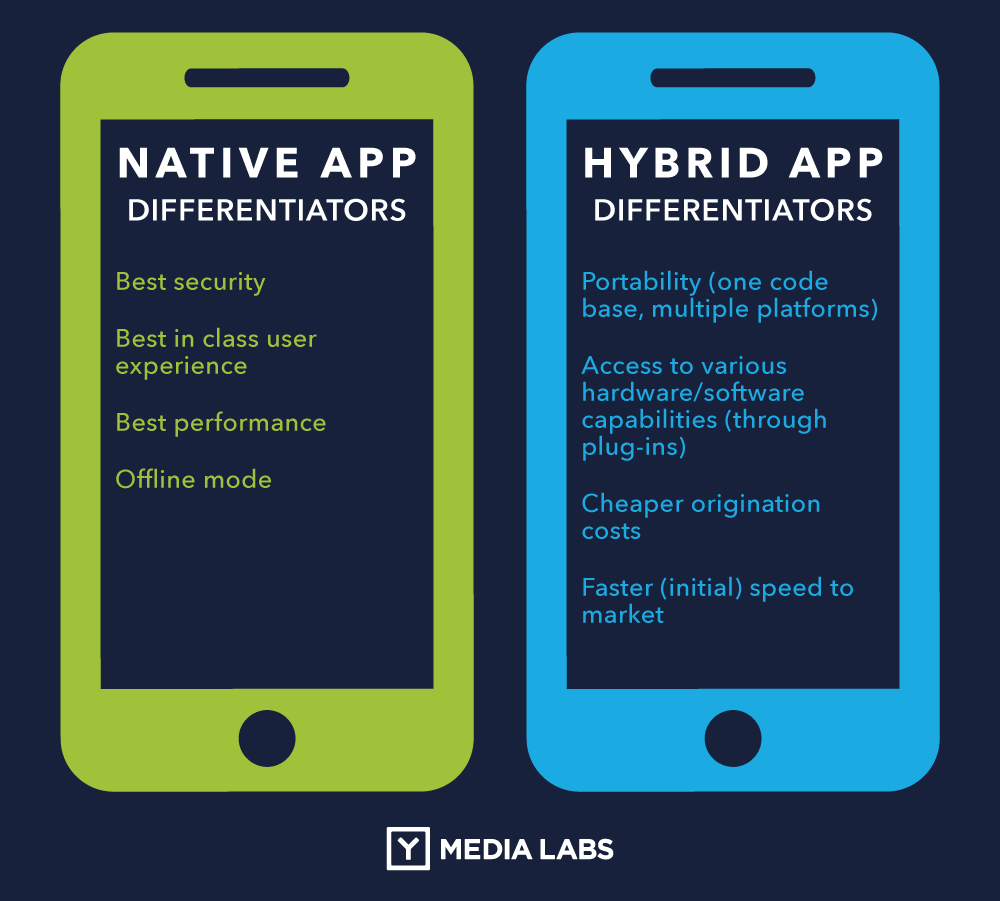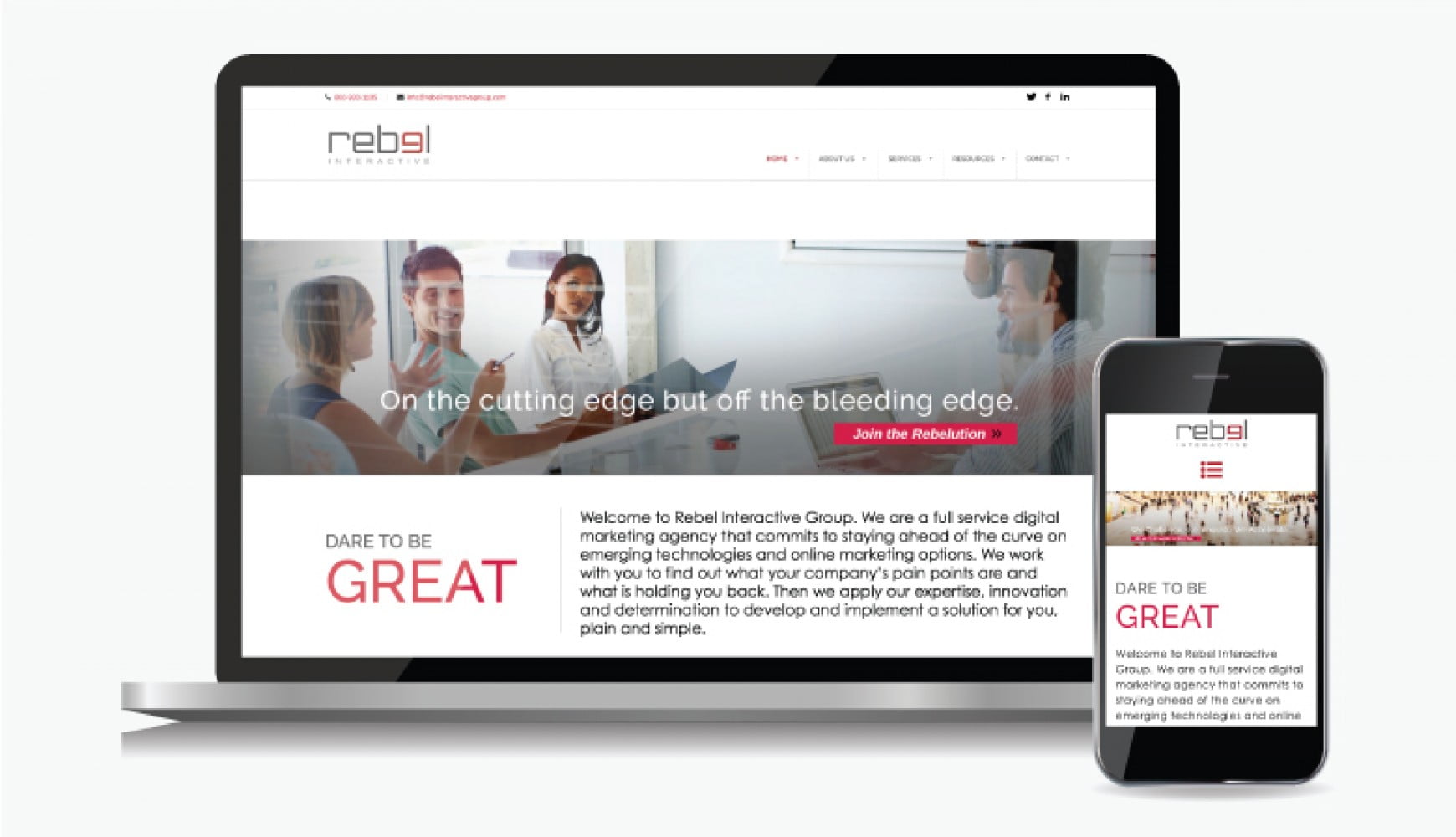Around the globe, the cell is taking on. While there is no denying that mobile is where you want to be targeting your purchaser base, is that genuine for all industries and audiences? What approximately people that sit at a laptop or laptop all day? Reaching those consumers takes finesse, and you want to plan your marketing strategy for this reason. That’s why a twin marketing campaign is essential to reach your commercial enterprise’s promotional goals.
Twelve individuals of Forbes Communications Council proportion the crucial differences between cellular and desktop marketing which you need to be aware of to peer the maximum ROI from your campaigns. Here’s what they had to say:
1. Amount Of Content
What works as the proper quantity of content on a laptop won’t be the right quantity on a mobile tool. On cellular, you shouldn’t have more content than you could fairly assume a vacationer to scroll via and consume. Make it easier for them to recognize exactly why they have to scroll because you are running with loads much less real property than on a computer to get that point throughout. – Jennifer Best, ConnectYourCare
2. Priorities

On a laptop display, it’s viable to shape several calls to action. Add this to your cart, join up for our newsletter; here’s 5 commercials and many others. A mobile device has to handiest show off one actionable item at a time. Order each CTA vertically so as of importance to your commercial enterprise. Attempting to fit two or extra aspects with the aid of aspect may be too busy for users and dilute their effectiveness. Less is extra. – Stephan Baldwin, franchisegator.Com
3. Image Format
While maintaining a cross-platform approach, many brands have difficulty posting pics in formats that don’t include healthy best practices for their vacation spot. Images cropped to a portrait-issue ratio generally tend to have the better overall performance on cellular, even as landscape-thing ratios generally tend to perform higher on computers. Optimizing for the target vacation spot is often neglected. However, it could have a sizeable ROI effect. – Chris Frantz, CuriosityStream
4. Location
As is proper in actual estate, the area is critical on developing cell- or online-first campaigns. Consider in which human beings are engaging along with your campaigns. If they’re interacting with your marketing campaign at some stage in their shuttle, in among conferences, or from their sofa, are you meeting their expectancies for the quantity of effort they must be installed? – Sarah Hanel, VASCO Data Security
5. Content Fitting With User Habits
Most mobile utilization is carried out at the move, simultaneously as status in line, anticipating a movie to start or an order to reach, etc. You have a minimal window. Content ought to be short and attractive with clean-to-observe calls to movement. Remove as many ability boundaries as you could. Make content smooth to proportion, pre-populate contact information, and make shopping something easy with as few steps as possible. – Brandi Wessel, Chaparral Energy
6. How People Use Their Devices
Marketers need to determine between cell and laptop primarily based on the differences in use. For example, we’ve our smartphones with us 24/7. However, we do not often run deep on-line studies on them. My recommendation might be to mix cellular and laptop: Mobile may be used as an alert or thrilling hook to a suggestion, whilst the invention segment has to be mobile optimized, but higher fit the laptop. – Svetlana Stavreva, ibm.Com
7. User Intent

The key’s spotting that there is a difference about cause among gadgets. A client trying to find your product on their cell device probably has a one-of-a-kind motive than while they’re at their laptop. Your replica wishes to address both the audience and purpose, with a view to a range employing a tool. Use records to power your funding as soon as you have segmented your reporting. – Jim Kensicki, Catalyst
Forbes Communications Council is an invitation-simplest community for executives in successful public family members, media methods, creative and marketing groups. Do I qualify?
8. Fewer Words, More Visuals
The rule “fewer words, extra visuals” is not a marvel whilst we communicate approximately desktop advertising and marketing. However, it’s a need to in cell advertising and marketing. Ads must be as brief and beautiful as possible. Use visuals that speak to pain factors and answers, and offer call-to-movement (CTA) buttons. – Galina Grigorieva, LoyaltyPlant
In the state-of-the-art world of forestalling unsolicited mail messages, it is becoming tough for you if you are attempting to marketplace a product. Getting your messages beyond the spam filters has understandably been made greater hard via clients that want to reduce the load on their inboxes by putting in place spam filters on their e-mail money owed.
It is now a big commercial enterprise to provide junk mail filtering software programs. The companies of such software are ever-tightening the controls on what is and what isn’t always junk mail—these lamentable consequences in some of your messages are not getting through. Of route, you aren’t sending junk mail messages, but your messages can effortlessly be misconstrued as spam if they contain just one wrong phrase.
That is why many email advertising services are actually introducing smart software that alerts you before you send a message thru their provider; if they agree with that, it’ll trigger a junk mail filter. This allows you to modify the offending phrase and ship the message unhindered. But this process makes it even more complex to deliver your message the usage of the terms that truly describe the product you’re promoting.
It is for this reason that new methods of advertising and marketing products had been created. Desktop marketing tools are merchandise that could bypass the traditional e-mail advertising strategies and deliver your income message properly on your purchaser’s laptop screens. They can then examine the message as you intended it to be read.

The exceptional laptop marketing gear permits you to ship both text and HTML messages, similar to traditional e-mail advertising and marketing, and be at ease in thoughts that your clients will get hold of them on their computer systems for attention. Although this can sound like a software program, this is the simplest low-priced by the big enterprise; it’s miles becoming more and more hired via small to medium-sized groups.
Another advantage of these new computer advertising and marketing tools is that they are distinctly unused compared to the sizable numbers of humans who can be sending their promotional methods through traditional electronic mail advertising techniques. The gain that this gives is a loss of opposition. You could have the patron to yourself – without any different stressful competition trying to make the sale to them.
Marketing equipment inclusive of those provides entry to whole new online audiences that you, in any other case, could now not have to get entry to and come up with the opportunity to build lasting relationships with clients to go directly to end up repeat customers. This has the direct benefit of increasing your income.
Your messages are guaranteed to examine every time because your messages will not be interrupted by way of filters and blockers, which can be hindering the email entrepreneurs; this is the actual energy of computing device advertising and marketing equipment. As ever of direction, studies are the key to choosing the right advertising software.